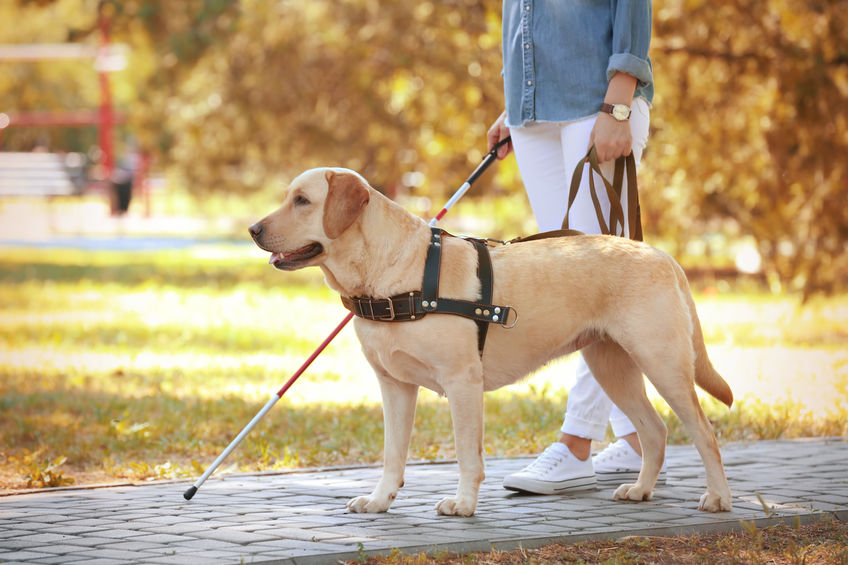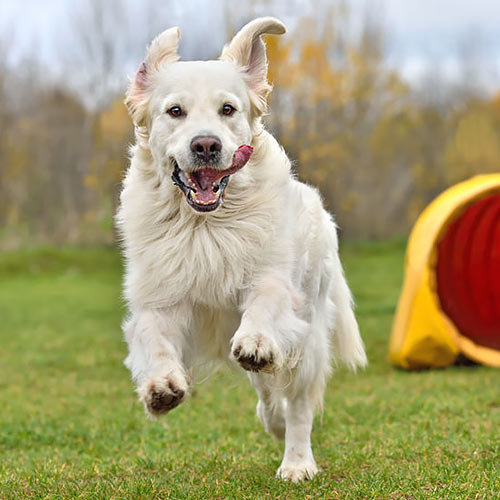
Dogs have a variety of different jobs in the workforce. Each job has its own responsibilities, and the terms and tasks are not considered interchangeable. With that said, many people often confuse the difference between an emotional support dog and a service dog. Although their titles may sound similar, these dogs have very different roles.
Here are some of the biggest differences between emotional support dogs and service dogs:
What Is a Service Dog?
The main job responsibility of a Service Dog is to perform tasks that will help their handlers’ disabilities. Service dogs are used to help their owners stay safe and independent. If you ever see a service dog out, most follow a “no petting” policy. These dogs are at work, and petting these dogs could prevent them from performing their job correctly.
The Americans with Disabilities Act will protect the rights of people with disabilities to be accompanied by their service dogs in public places. That’s why you’ve likely seen dogs in places such as restaurants, grocery stores, and other public places.
Why Might Someone Have a Therapy Dog?
The main job responsibility of a therapy dog is to provide psychological or physiological therapy to individuals. One of the main differences between a service dog and a therapy dog is that service dogs are typically used to support their owners. In contrast, therapy dogs can provide support to people other than their owners. You can usually spot therapy dogs visiting hospitals, schools, nursing homes, and more.
Therapy dogs also differ from service dogs because their owners can train them. However, before they can work, they must meet a set standard to be certified and registered to actively participate in the program.
Do They Have the Same Legal Status?
Overall, although the two dogs might seem similar, they have very different jobs and legal designations. Some public places can deny access to therapy dogs, while by law, service dogs are allowed to enter these places even in places where pets are not permitted.
If you’re thinking of adding a service or therapy dog to your family, each of these animals is more than the jobs they do for their handlers. They also provide you with love, companionship, and other therapeutic benefits too.
Have you ever wondered what goes into training service or therapy dogs? Check out our Dog Trainer Courses at Dog Trainer College! We have a Service Dog Trainer Course, a Behavior and Obedience Course, and more. Contact us today to learn more.

